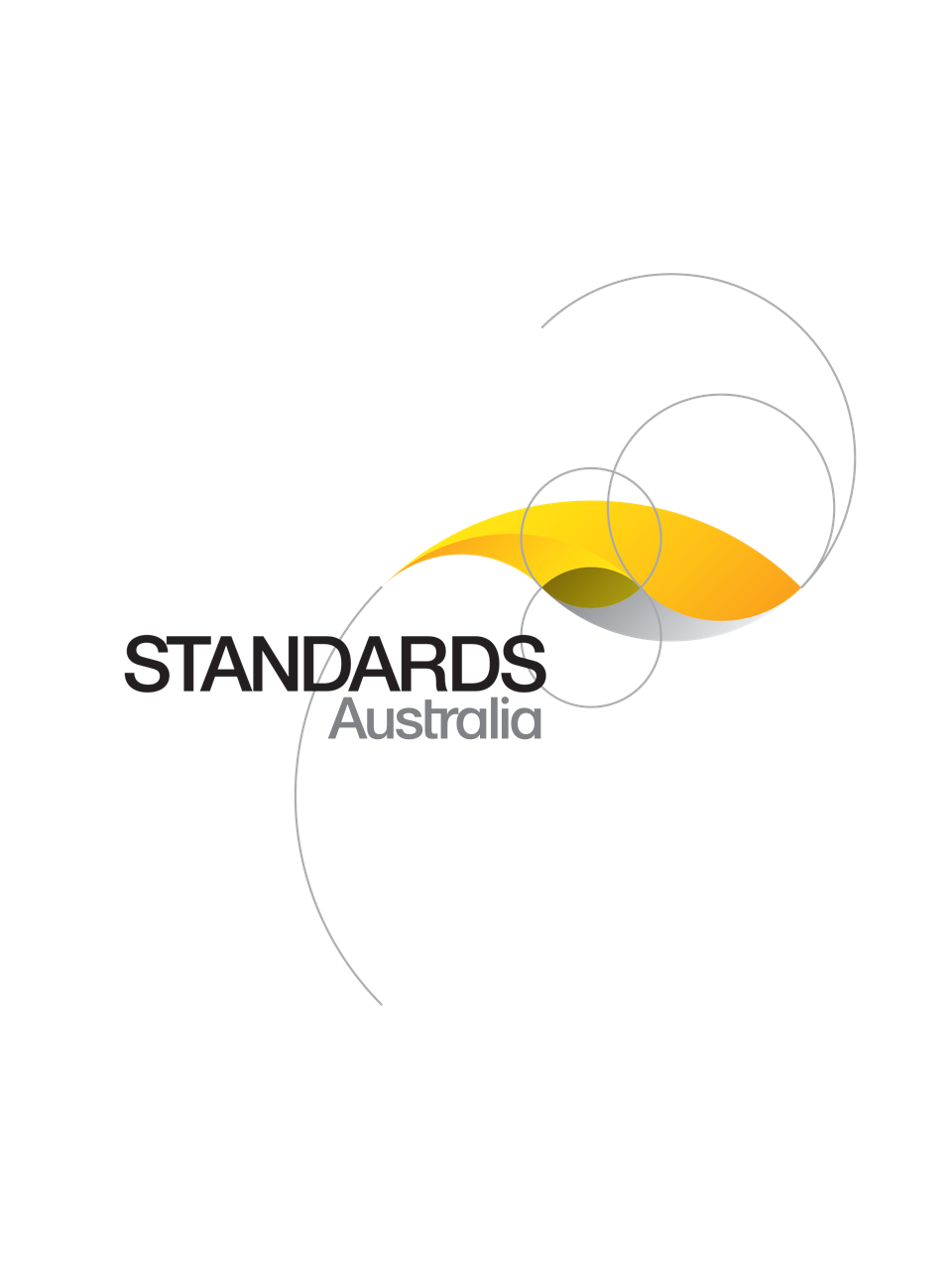Standard
Track updates
AS ISO 14971:2020
[Current]Medical devices - Application of risk management to medical devices
This document adopts ISO 14971:2019, which specifies terminology, principles and a process for risk management of medical devices, including software as a medical device and in vitro diagnostic medical devices. The process described in this document intends to assist manufacturers of medical devices to identify the hazards associated with the medical device, to estimate and evaluate the associated risks, to control these risks, and to monitor the effectiveness of the controls.
Published: 26/06/2020
Pages: 37
Table of contents
Cited references
Content history
Table of contents
Header
About this publication
Preface
Foreword
Introduction
1 Scope
2 Normative references
3 Terms and definitions
4 General requirements for risk management system
4.1 Risk managementprocess
4.2 Management responsibilities
4.3 Competence of personnel
4.4 Risk management plan
4.5 Risk management file
5 Risk analysis
5.1 Risk analysisprocess
5.2 Intended use and reasonably foreseeable misuse
5.3 Identification of characteristics related to safety
5.4 Identification of hazards and hazardous situations
5.5 Risk estimation
6 Risk evaluation
7 Risk control
7.1 Risk control option analysis
7.2 Implementation of risk control measures
7.3 Residual risk evaluation
7.4 Benefit-risk analysis
7.5 Risks arising from risk control measures
7.6 Completeness of risk control
8 Evaluation of overall residual risk
9 Risk management review
10 Production and post-production activities
10.1 General
10.2 Information collection
10.3 Information review
10.4 Actions
Annex A
A.1 General
A.2 Rationale for requirements in particular clauses and subclauses
A.2.1 Scope
A.2.2 Normative references
A.2.3 Terms and definitions
A.2.4 General requirements for risk management system
A.2.4.1 Risk management process
A.2.4.2 Management responsibilities
A.2.4.3 Competence of personnel
A.2.4.4 Risk management plan
A.2.4.5 Risk management file
A.2.5 Risk analysis
A.2.5.1 Risk analysis process
A.2.5.2 Intended use and reasonably foreseeable misuse
A.2.5.3 Identification of characteristics related to safety
A.2.5.4 Identification of hazards and hazardous situations
A.2.5.5 Risk estimation
A.2.6 Risk evaluation
A.2.7 Risk control
A.2.7.1 Risk control option analysis
A.2.7.2 Implementation of risk control measures
A.2.7.3 Residual risk evaluation
A.2.7.4 Benefit-risk analysis
A.2.7.5 Risks arising from risk control measures
A.2.7.6 Completeness of risk control
A.2.8 Evaluation of overall residual risk
A.2.9 Risk management review
A.2.10 Production and post-production activities
Annex B
B.1 Correspondence between second and third editions
B.2 Risk management process overview
Annex C
C.1 General
C.2 Examples of hazards
C.3 Examples of events and circumstances
C.4 Examples of relationships between hazards, foreseeable sequences of events, hazardous situations and the harm that can occur
Bibliography
Cited references in this standard
One-time Purchase
Access via web browser on any device
One-time purchase
Single publication
Offline access via PDF^
$177.61 AUD
Inclusive of GSTFormat *
Web Reader
Licenses *
1 License (for yourself - not shareable)
Total$177.61 AUD
IMPORTANT
